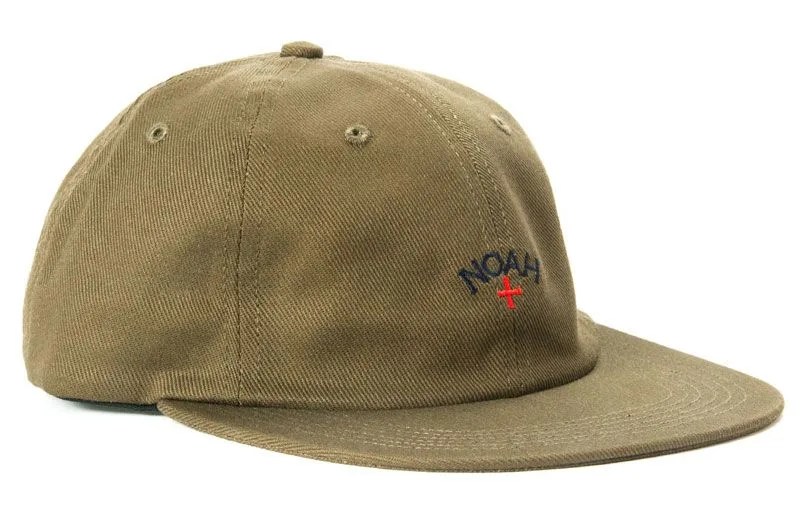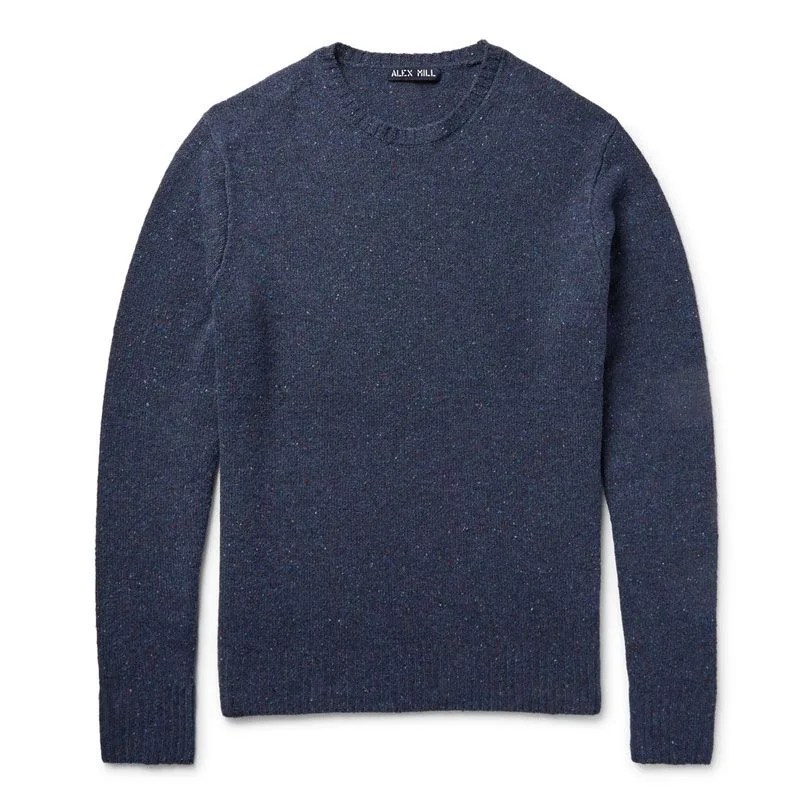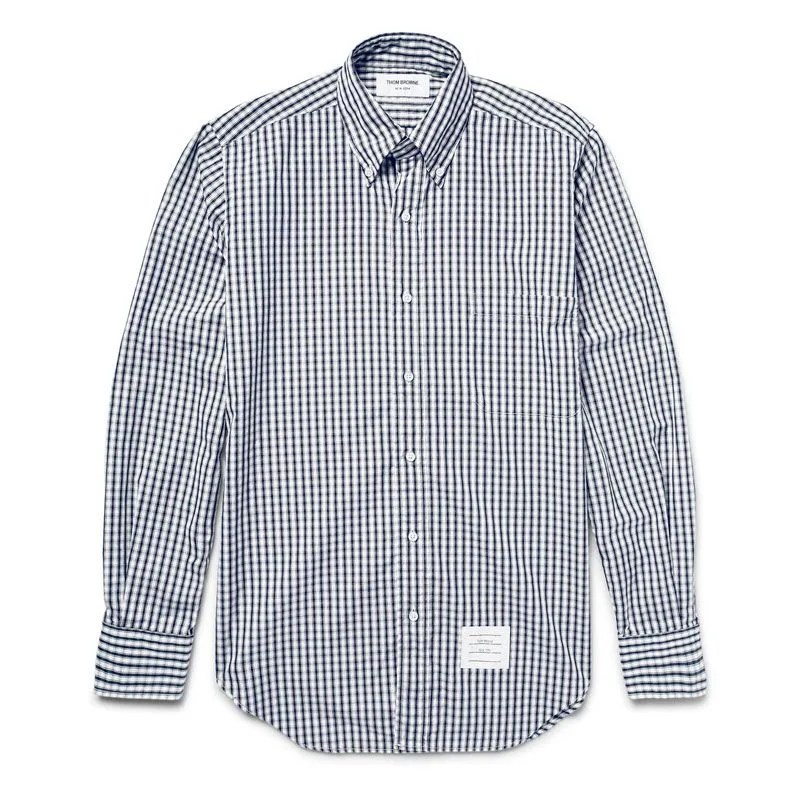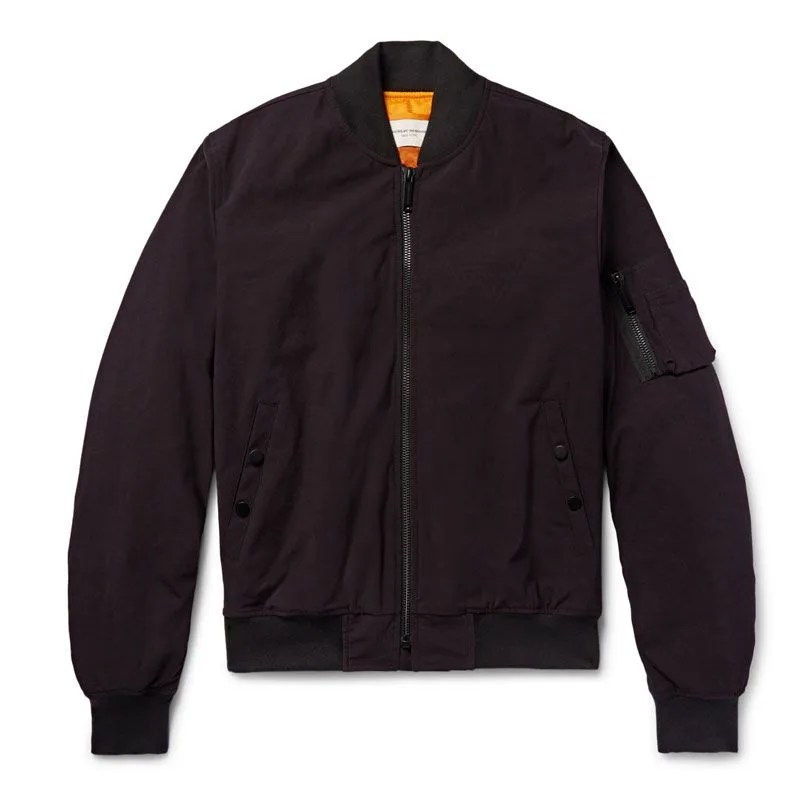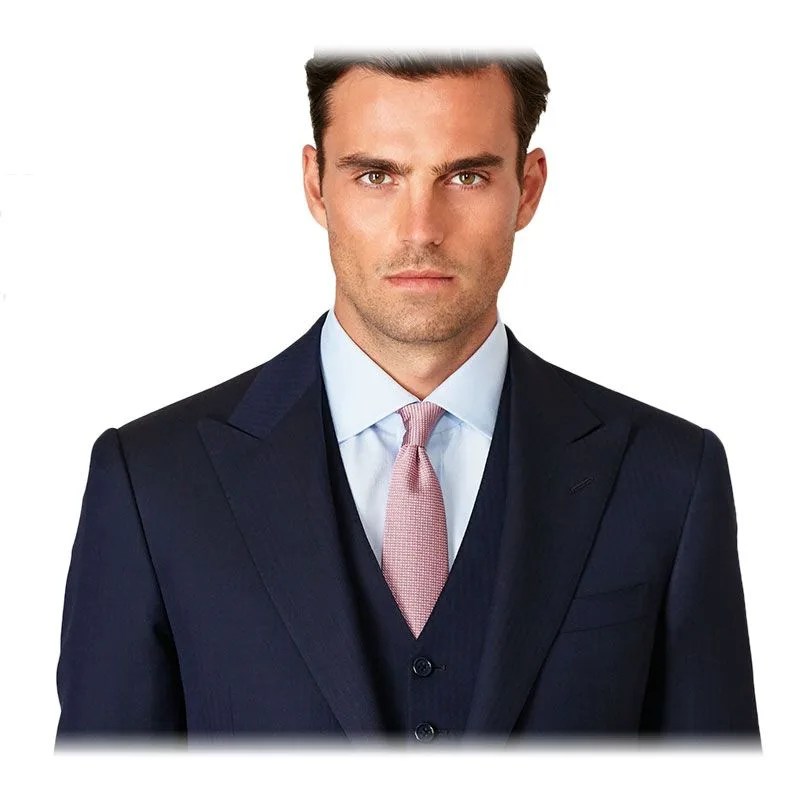New York City style reflects both the cosmopolitan nature of the city and the pragmatism of its denizens. It’s a world city that serves as hub for everything from arts and culture to banking and finance. It’s the outward face of the United States, abroad. From the crisp suiting of Wall Street bankers to the minimalist basics of the city’s artists, New York style directly reflects the people living in the five boroughs. Though stereotypes of all-black fashion-forward outfits permeate the media’s view of the typical wardrobe, the reality is more complex — and emblematic of America as a whole.
The Manhattan arts scene was divided between Uptown and Downtown. Uptown culture represented the intellectual side of things (e.g. Columbia University, serial music) where Downtown culture represented experimentation (e.g. Jean-Michel Basquiat, minimalist music). Structure and experimentation in the arts were broken up by the corporate interests in Midtown and the financial powers at the southern end of Manhattan. This diverse array of influences, among other things, drew a range of fashion designers to the city.
From the crisp suiting of Wall Street bankers to the minimalist basics of Brooklyn artists, New York style directly reflects the people living in the five boroughs.
Working professionals have long measured their wardrobe by the standard set by Brooks Brothers. Founded in 1818, the company practically made the mold by which all business clothing was measured. In recent years, though, other New York designers have expanded upon the professional wardrobe with modern takes on suiting. Ralph Lauren Purple Label, founded in 1994, offers a range of luxury garments, but is known for its refined suits. In 2001, Thom Browne started his eponymous brand and began making suits that challenged common notions of proportion: jackets were shorter and skinnier, trousers were narrower with no break. Expanding on the luxury suit model, Tom Ford launched his own brand in 2006, after stints at Gucci and Saint Laurent. The city’s bespoke tailoring market is alive and well, most strongly represented by Jake Mueser, who opened his West Village shop in 2010.
As a representation of the United States, New York’s style is rooted in functional American designs that are geared toward the chic urban dweller. Perhaps most representative is J.Crew, founded in 1983, whose wide range of essentials are geared toward the style-conscious consumer. Founded in 1999, Engineered Garments approached American style with a Japanese mindset, but the results are representative of the metropolitan city. In 2002, Rag & Bone opened for business, producing a range of understated basics, upscaled for the urban consumer. Minimalist designs, slouchy tees and a fashion-forward aesthetic were offered by Alexander Wang, who started designing in 2005. Bending the dark-clothes, Downtown aesthetic to a rock-and-roll style, Johan Lindeberg founded BLK DNM in 2011, with slim biker jackets and black jeans, among other things. Also in 2011, another denim brand, 3×1, was started and began offering bespoke jeans made from denim sourced from the world’s top mills. Another New York designer who championed refined basics is Todd Snyder, whose eponymous brand was founded in 2011. Coming full circle, the son of J.Crew CEO Mickey Drexler started his own brand called Alex Mill in 2013, elevating wardrobe staples through focusing on high-quality fabrics.
The influence of streetwear in style is directly tied to New York.
The influence of streetwear in style is directly tied to New York, and more specifically the cult-favorite brand Supreme. Founded in 1994 by James Jebbia, the brand built a hype around simple branding and limited releases. Blending the lines between fashion and streetwear, designers Dao-Yi Chow and Maxwell Osborne founded Public School in 2008, and made a name for themselves with blacked-out upscaled streetwear garments. Coming from streetwear at different angle, sneaker retailer Kith launched their own label in 2012, appealing to both the Downtown crowd and sneakerheads. In 2015, Brendon Babenzien (former creative director of Supreme) relaunched Noah, a grown-up streetwear brand with a wider outlook (nautical inspirations) and a focus on high-quality fabrics.
A cross-section of New York City shows working professionals and creatives, intellectuals and legislators. Though every group dresses to their particular mores, there’s a stylish practicality unique to New York style that transcends suits and hoodies, and represents the ambitions and impulses of its diverse array of citizens.

